In today’s competitive markets, products thrive when they focus on adding value to customers through solutions that directly address their most important needs. Organisations that are customer-centric achieve stronger growth, differentiate themselves from competitors, and deliver sustainable results.
Customer centricity, however, is not achieved by focusing solely on execution. Many businesses focus on the design layer – the final stage at which customers interact – without addressing the higher-level business decisions and organisational structures that shape those outcomes. Strategic direction, leadership commitment and operational processes must all be in place to allow design execution to reach its full potential.
There are four areas that organisations need to embed to become truly customer-centric: strategy, leadership, operations and execution.
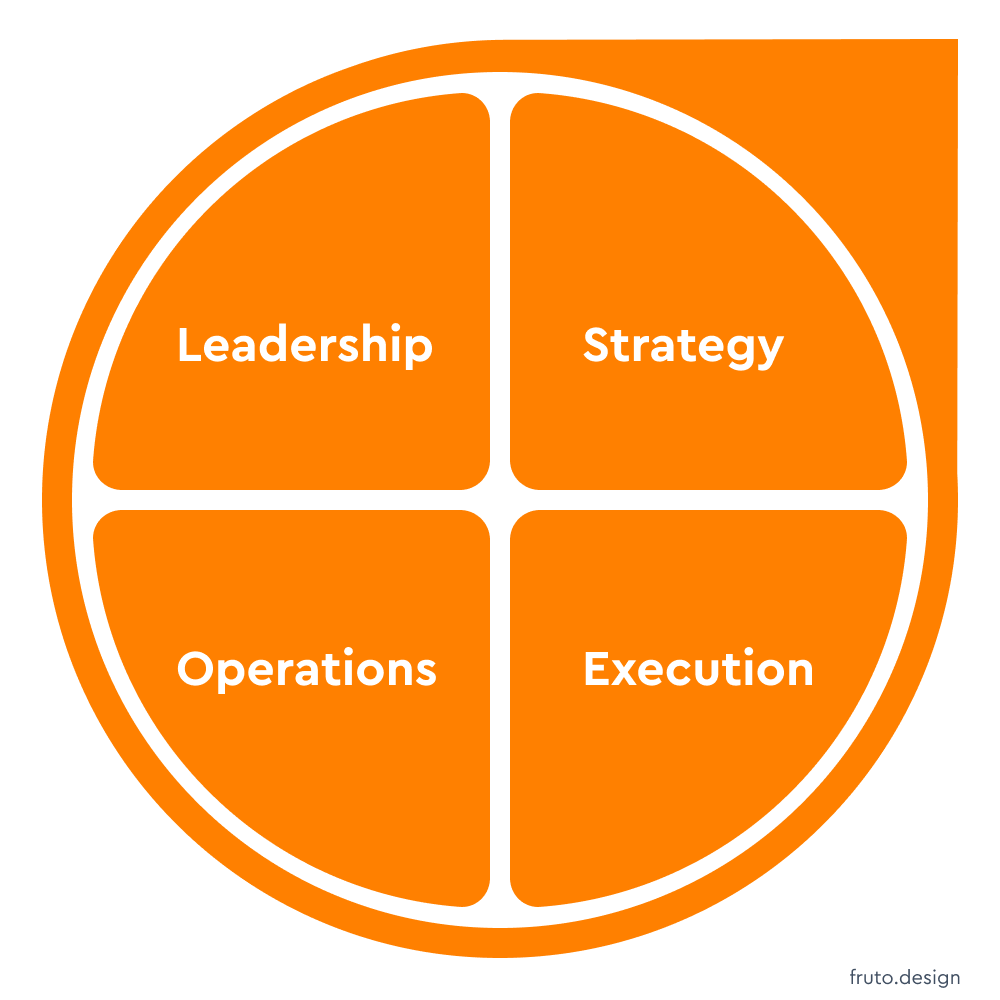
Leadership: Giving design a place in business decision-making
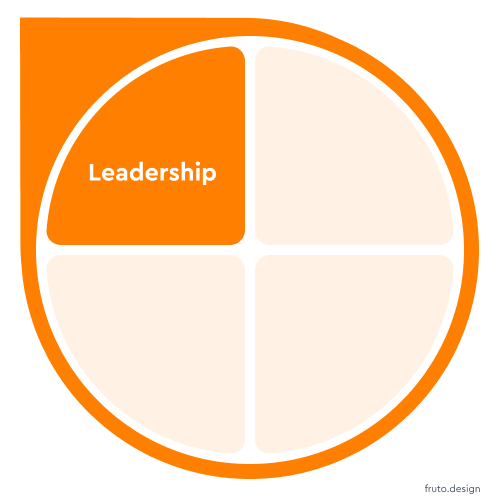
At the leadership level, a customer-centred organisation ensures that design has influence in the decisions made by business leaders. This is often supported by a dedicated CXO (Chief Experience Officer) or CDO (Chief Design Office) or UX/Design Director whose responsibility is to bring the customer perspective into conversations about direction, investment and growth.
Leaders who adopt design thinking create the conditions for customer focus to flourish. They encourage empathy with users, foster collaboration across teams, and guide decision-making based on evidence rather than assumptions. This ensures that customer centricity is not an isolated initiative but a principle that informs the organisation’s long-term ambitions.
Strategy: Building competitiveness through customer-centricity
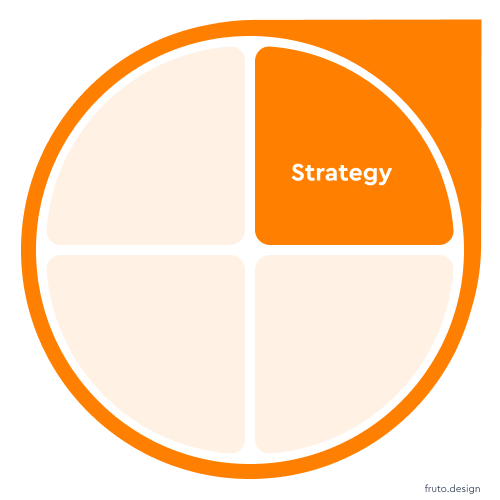
A customer-centred strategy places the customer and user needs at the core of the organisation’s competitiveness. For product-led businesses, this approach provides a clear advantage. It reduces the risk of wasted investment, aligns the business around common goals, and ensures that innovation is focused on areas that deliver meaningful value.
When strategy is guided by customer and user insights, roadmaps and investment decisions are better aligned to what users truly need. This creates stronger loyalty, more resilient products and greater opportunities for growth.
Operations: Embedding user-centred practices
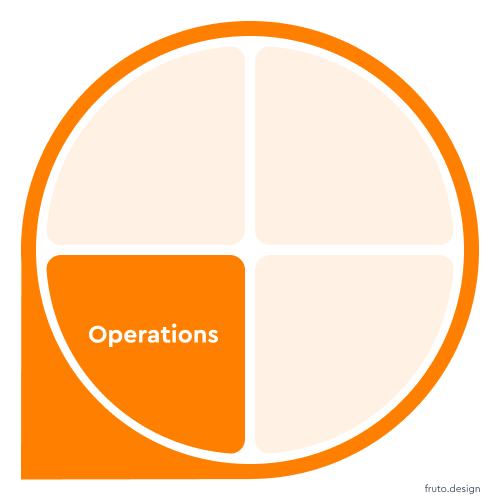
Customer centricity must also be operationalised. Day-to-day processes should support continuous learning from users and customers, enabling them to provide valuable feedback on a regular basis. This requires robust research methodologies that ensure research and feedback are part of the organisation’s regular rhythm, rather than a sporadic activity.
A good way to assess whether customer centricity is embedded in operations is to examine how research is conducted. This includes having a dedicated team, utilising robust methodologies, maintaining user panels, and conducting research at the appropriate frequency and priority. Just as important is how insights are communicated across the organisation and translated into concrete actions that improve delivery to customers.
When these practices are embedded, teams can make decisions quickly and confidently, knowing they are supported by reliable customer evidence.
Execution: Delivering experiences with care and precision
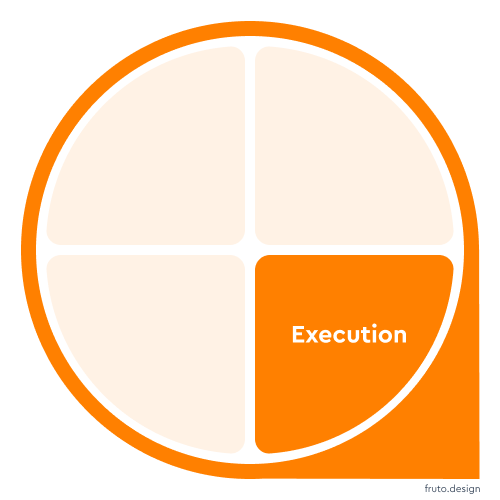
Execution is where strategies, leadership priorities and operational practices are made tangible. High-quality execution ensures that customer insights are translated into products and services that are functional, usable and valuable.
This requires teams with strong skills in research and user experience (UX) and user interface (UI) design. Their role is to design experiences that are seamless, intuitive and valuable across every touchpoint. When execution is done well, customers experience products and services that meet their needs seamlessly. For the organisation, this delivers stronger outcomes such as higher adoption, greater satisfaction and lasting loyalty.
What a customer-centric organisation looks like
A customer-centric organisation is one where:
• Leadership supports design in shaping direction and decisions.
• Strategy recognises customer-centricity as essential for competitiveness.
• Operations embed user-centred practices into everyday processes.
• Execution brings these foundations to life through well-crafted experiences.
When these four areas are aligned, organisations can deliver greater value to customers. The more value customers receive, the stronger and more competitive the business becomes.
How Fruto can help
At Fruto, we help organisations build customer centricity across strategy, leadership, operations and execution. Our team provides the expertise and capacity to ensure customer focus is embedded at every level, enabling you to deliver products and services that stand out in the market.
Book a discovery call with us today to explore how we can support your organisation in becoming truly customer-centric.





